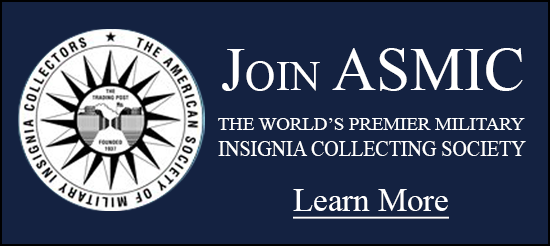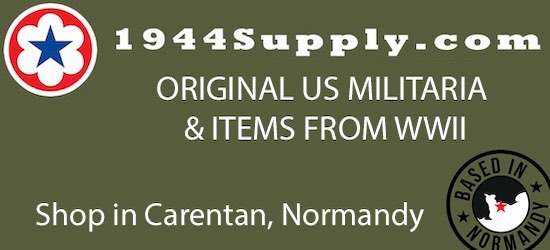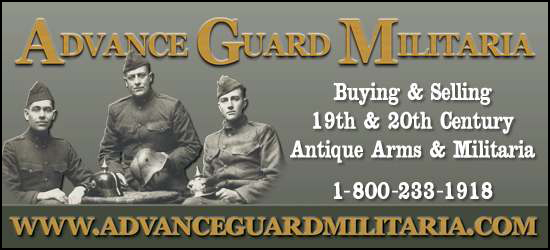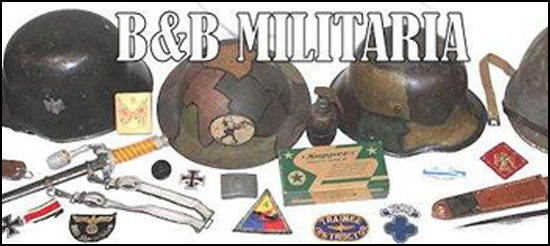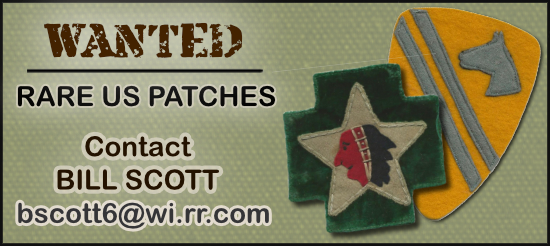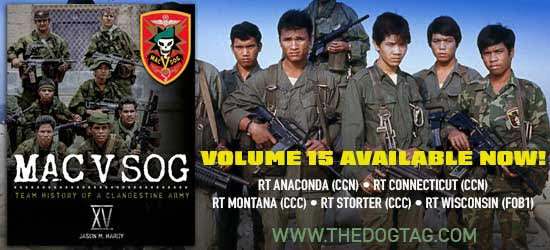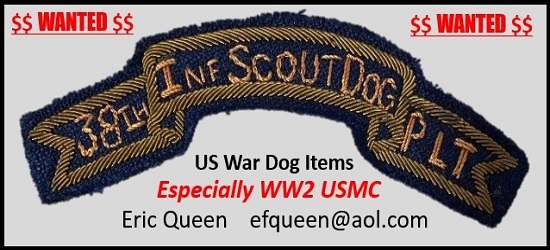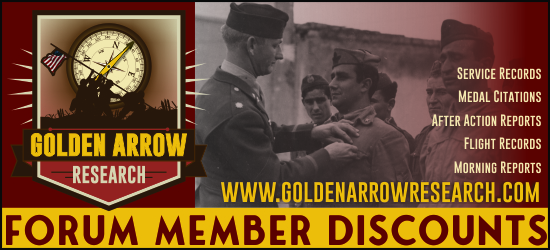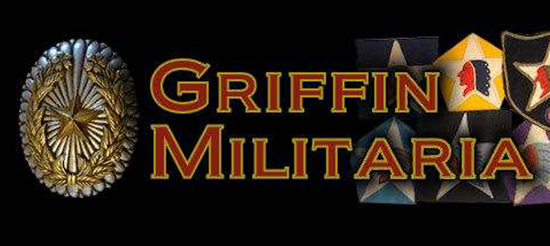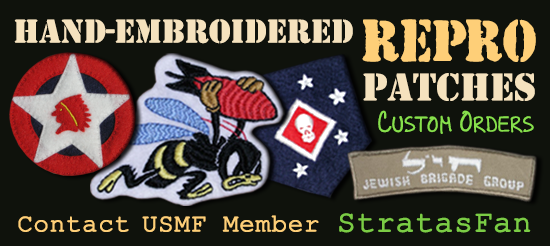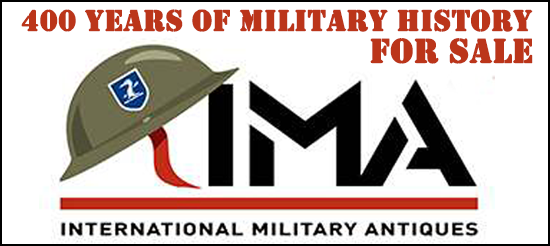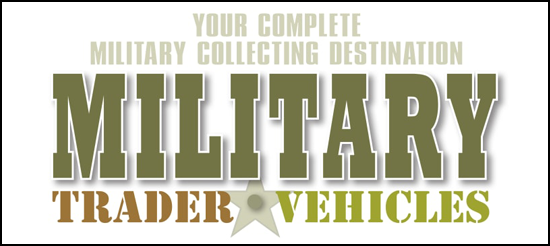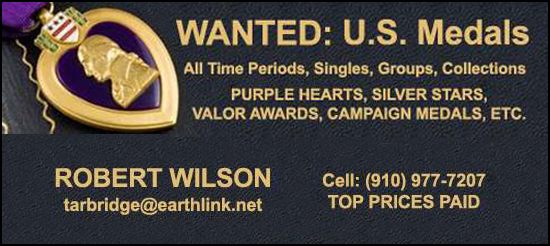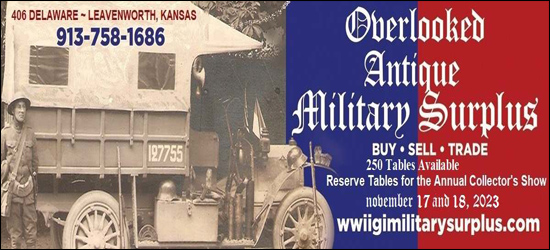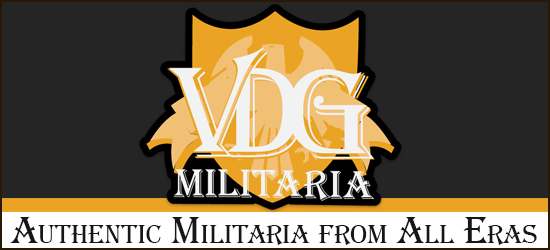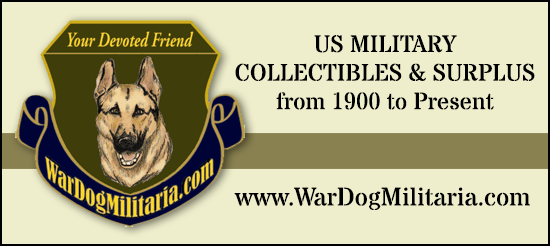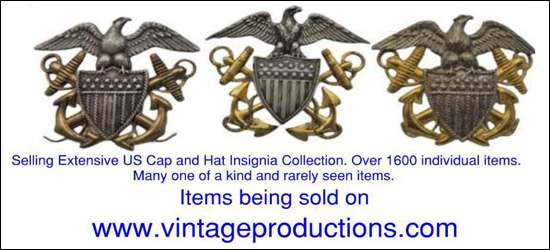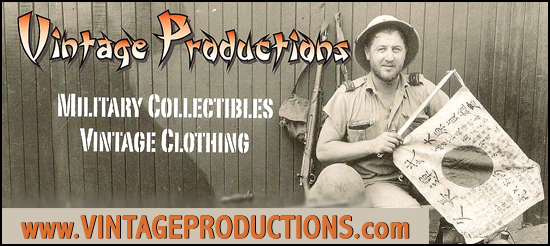-
Donate
Type donation amount in box below.
IMPORTANT! If you donate via PayPal using an e-mail address different than the one you are currently using on USMF and would like a 2024 Donor Icon added to your account, you MUST CONTACT vintageproductions or stratasfan and let them know what email address was used for the donation.
Thank you for supporting USMF.
Donate Sidebar by DevFuse -
Recent Posts
-

By lilfry14 · Posted
2nd is mid section of an m20 3.5 inch bazooka round. 3rd looks like 40mm bofor -

By Rakkasan187 · Posted
Here is one I found in my AAF collection. Appears to be a garrison cap size patch. About the size of an Eisenhower Dollar Coin. Leigh -

By Honcho · Posted
Wow, Humbled by the truth of these. Strange to have a discussion by myself, but I get it that most don't want to get into this. This is the last post I make, to set myself straight on these, on the record. I kept looking into this subject. How wrong can a guy be? There was indeed a second mold made after the war, besides the first mold made in Australia. The first mold supposedly made 100 in the first run, and a second order for 400 more was placed with the Australian company to satisfy demand. There is a surviving first type certificate in the high 300s. The story repeated throughout history is that the 1st mold broke at some point, so we don't know how many first types were made. 50 is the usual number given - but again, there is a real certificate for a first type in the high 300s. There was for sure a second mold made, now existing at the USMC museum, donated to them around 1978, by the son of Brig. General James J. Keating. Keating was commanding officer of the 3rd Battalion, 11th Marines - on 'Catus Island.' He had a second mold commissioned post-war to award this special medal to those 1st Marine Division soldiers who had fought at Guadalcanal and never received one. These were handed out at vet reunions, and other such gatherings of 1st Division Marines. (See USMC.Edu - Marine Corps University Press - Always Faithful, Chapter 11.) So these 2nd types are of course different - a little larger - and in their own way, they are every bit as legitimate as the first type, and just as special. They had/have a huge meaning to the vets who received them. So - like the Asiatic Pacific Campaign medal that wasn't available until 1948 - and had to be requested by Marines who earned them - the 2nd type Georgius medal was handed out post-war among the Guadalcanal band of brothers. Where and when each was bestowed is hard to determine. One thing is certain - these post-war awards were something approaching sacred, that really is not up for much discussion. You had to be there, in other words. What these men suffered, endured, and achieved, is legendary, and deserves the respect of every American. If a Marine vet's family has one from the vet, I have zero problem with it. It's up to each collector to decide for himself. All of this just IMO. 'Nuff said. John -
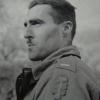
By doyler · Posted
Goggles are 1065 and the kit with goggles is designated 1068 -
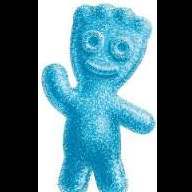
By Siamundo · Posted
Great looking patch and how apropo your 1st patch is from the 1st Infantry Division! -

-

By doyler · Posted
The early B8 goggles were known as the Polaroid Model 1065 and came in a brown box with a snap front here is an old post done by Paul as its easier then retyping all the info. -
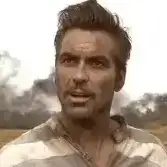
-
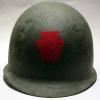
By gap · Posted
Any help identifying these items is appreciated. I think the second is a rocket fuze? -

By cavscout6b · Posted
There's a few discrepancies in the narrative you were provided with. (The internet can be a dangerous thing.) The Army never had a 4th Cavalry Division, but the 4th Cavalry Regiment was stationed at Ft. Meade, SD. While it was likely an honest mistake, the HQ of the 24th Cavalry Division was deactivated in 1940. The units however were not, and some continued using the SSI until placed into other commands in 1941. (The 113th being one...) Not sure of what command the 4th Cav fell under, until it being sent to VII Corps in 1943, and 2nd Squadron being designated "24th Reconnaissance Squadron". One thing that is puzzling; the khaki tie which wasn't worn with the jacket until 1942. Earlier troops still wore black, and they didn't entirely dissappear until 1945. The ribbons also have "battle stars" indicating the 24th Sqdn. MAY have continued using the 24th Div. of origin. Interesting indeed!!
-
-
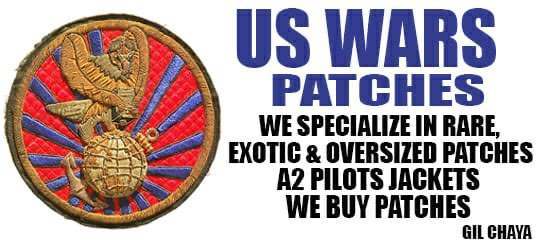
-
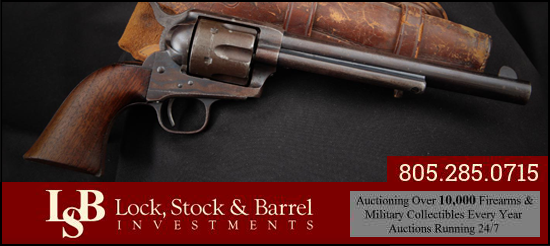
-
* While this forum is partially supported by our advertisers, we make no claim nor endorsement of authenticity of the products which these advertisers sell. If you have an issue with any advertiser, please take it up with them and not with the owner or staff of this forum.


